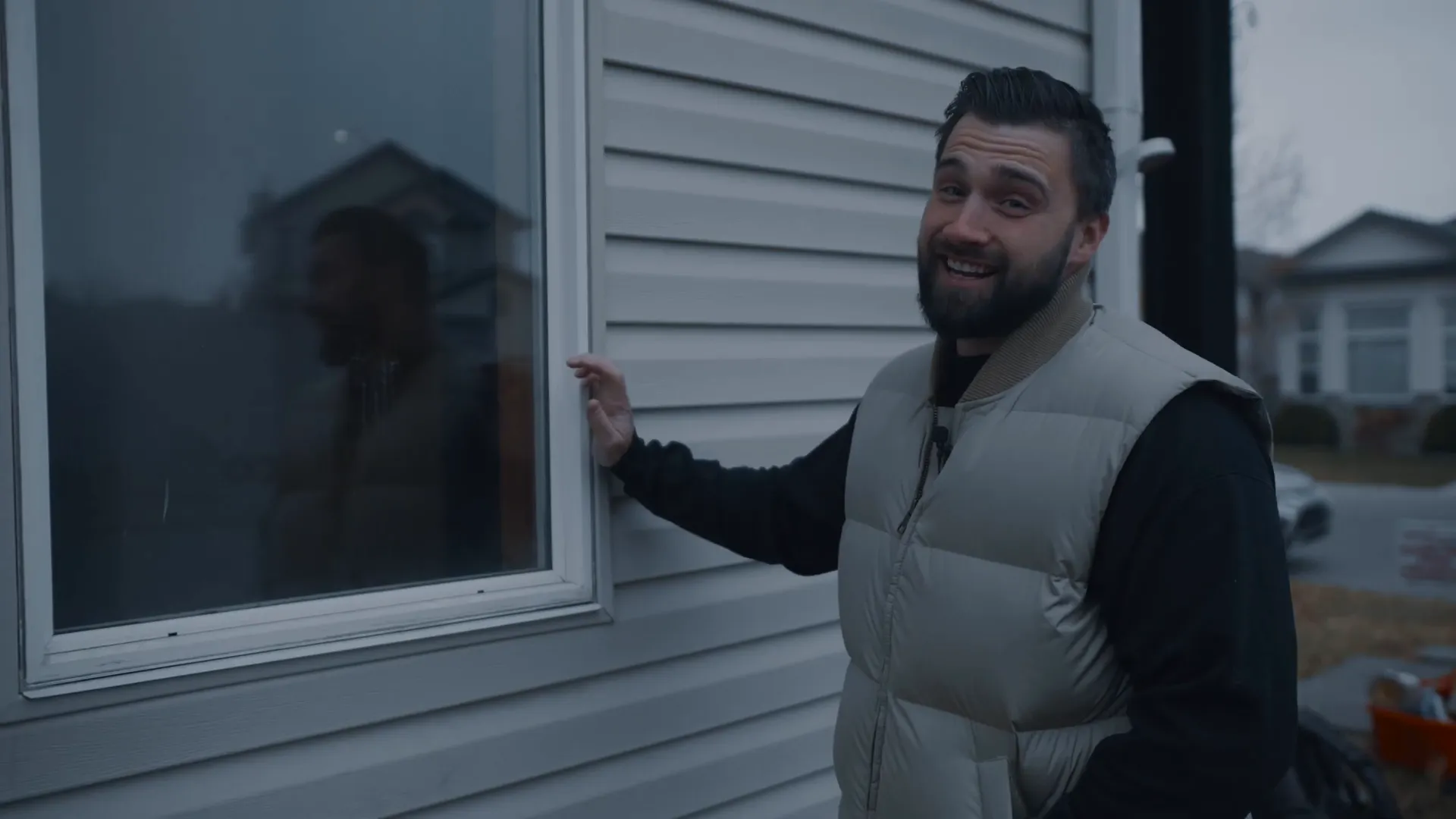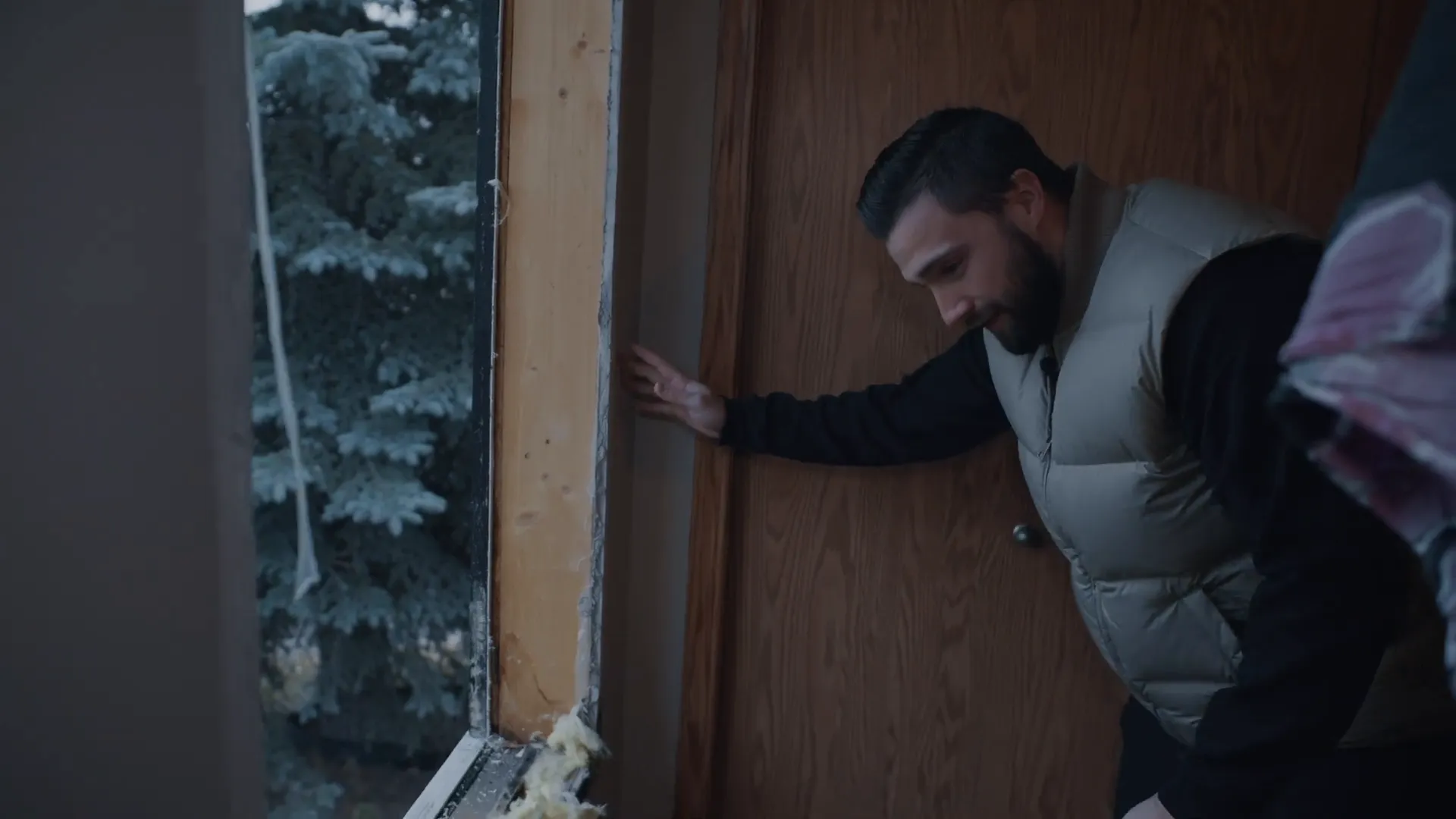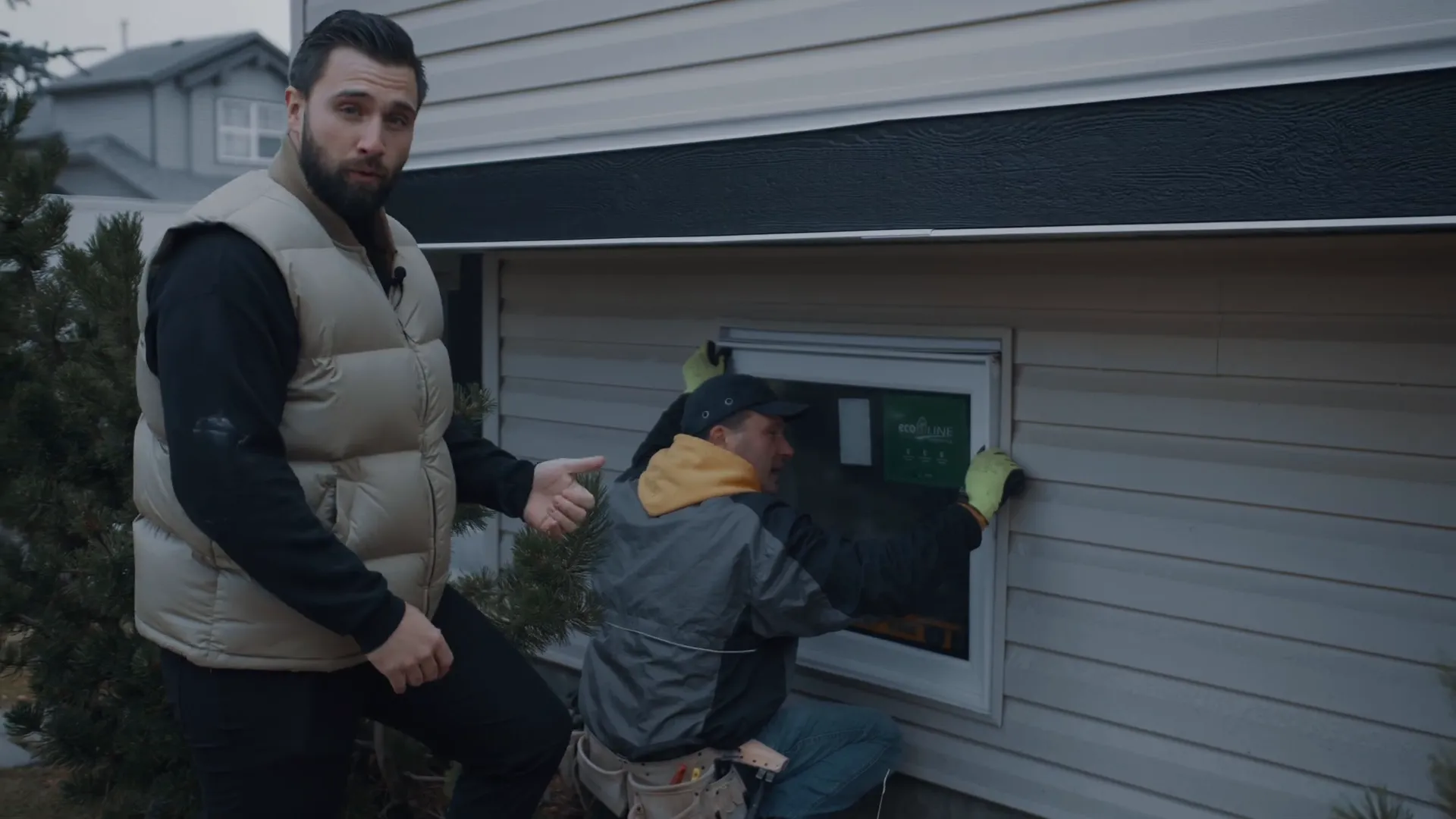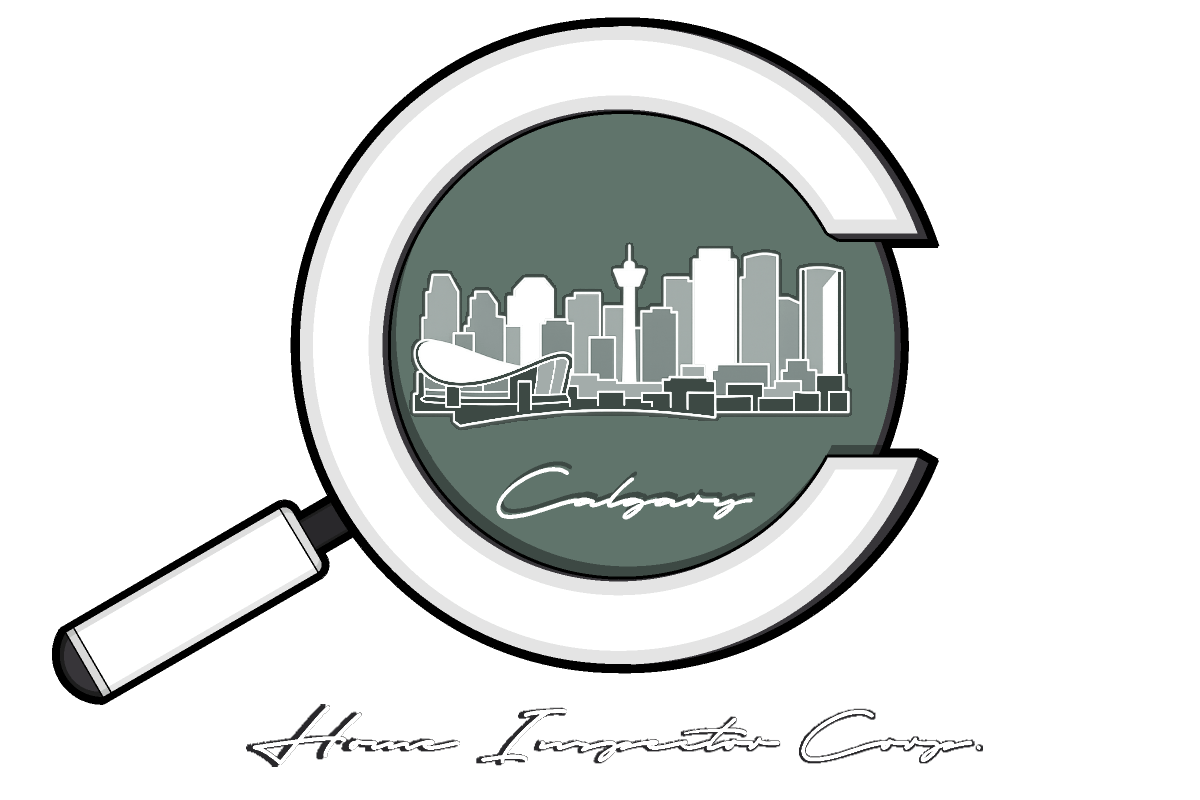Home Envelope Inspection: The Keys to Protecting Your Home
A meticulous home envelope inspection is imperative for the structural safety, energy efficiency, and comfort of your house. This article focuses on the necessity of the whole building envelope. This includes windows, roofing, cladding, and insulation as the main areas to check to avoid moisture issues and to support a healthy living space. Watch the video below for more insights.
Introduction to Home Envelope Inspection
The general overview of the home envelope inspection is essential for individuals who take care of their property by maintaining its longevity and energy efficiency. The building envelope comprises the roof, walls, windows, and foundation. All of which join forces to shield the space from external elements. Grasping these building systems’ traits assists in spotting probable faults that can cause expensive repairs.
A property inspector should pay attention to the interaction of the different components of the home shell. For example, roof extensions or eaves are crucial to the function of walls and the foundation. They act on these systems by redirecting the water flow, and have the primary responsibility for keeping the wall and the foundation free of external moisture penetrants. Likewise, the kind of material covering the outside can change the quantity of rainwater that will penetrate through the components below. This will impact how the wall may dry or resist wind-driven rain.

Identifying Common Issues in Older Homes
An older home envelope will be compromised in its efficiency by the unique issues associated with the property’s age. Older homes routinely fall behind on maintenance, and the older or original products used are often degraded. Common issues include outdated cladding, inadequate flashing, and outdated roofing materials. Moisture intrusion, a consequence of the previously mentioned issues, will not only inflict damage to the structural elements but also create a good condition for mold to thrive.
Your Calgary home inspector must make astute observations and closely monitor any indications of deterioration. Inspectors must be vigilant for signs such as cracked or missing siding, rusty metal components, and gaps in the flashing around windows and doors. Such indicators are often signs that the water is infiltrating the building’s envelope, which can result in considerable future issues.
Understanding Moisture Intrusion and Its Effects
Moisture accumulation in a home directly affects its structure, leads to deterioration, and exacerbates poor air quality. When water is inside the building envelope, it invites other structural issues like wood rot, worn-down structural integrity, and health problems such as mold and mildew. It is important to understand the way moisture infiltrates a house so that, as a homeowner, you can be proactive in taking protective measures.
The main sources of moisture entry into the home are from sources such as unsealed windows, damaged roof parts, and unnoticed damages. Home inspectors are expected to observe these components very closely. As an illustration, if the flashing is set wrong or is not present, then the water will be able to move behind the siding or the shingles, which can create unnoticed damage.

The Role of Proper Sealing and Flashing
The right sealing and flashing systems are the main actors in the optimal performance of your house envelope. Flashing redirects water from the vulernable sites, while seals keep air and moisture from penetrating the building. Inspectors confirm that the flashing is appropriately fixed and that the sealants are present and in tact.
Insufficient sealing creates drafts, high energy bills, and moisture problems. All joints, particularly around windows and doors, must be properly caulked. Regular checking and maintenance of these spots will help us identify problems before they develop into big repairs.
Recognizing Signs of Mold and Mildew
The presence of mold and mildew is the first sign of the dampness problems in the house. Home inspectors have to be acquainted with the signs of mold growth, such as discoloration on the walls, musty odors, and visible mold on surfaces. Areas around windows, in basements, and near plumbing fixtures are generally the main locations for mold development.
The very first thing that needs to be done is identify the moisture source that should be eliminated for the fungus to grow. It can be done through seeking and correcting the solution to the problems, such as broken pipes or closed ventilation ducts, and also through conditioning the air. These core problems must be solved in order for the effective removal of mold.
The Importance of Insulation in the Home Envelope
Correctly placed insulation is a significant asset in the endeavor of energy conservation and keeping a home comfortable. By carefully regulating the surrounding air temperature, insulation can even act preventively against the buildup of moisture within the walls. Inspections include assessment of the insulation levels in the attic, wall, and crawl spaces to see if they comply with the modern-day requirements. Where not readily visible, this is done using a thermal camera.
Insulation that doesn’t have enough thickness will allow greater loss of heat during the winter and a surplus of heat during the summer. This in turn will increase energy expenses at minimum in the winter months, but year-round with an air conditioner. A complete and correct home envelope inspection has to include making sure that the insulation is intact and has been installed suitably.

Preventing Health Hazards Through Regular Inspections
Routine inspections of the home envelope are not only important for the strong structure of the house but also for a healthy environment inside the house. When the envelope is not functioning properly, it can cause moisture problems, the consequence of which is often mold and mildew. These conditions can lead to very serious health problems, especially for those people who have respiratory issues or allergies.
In older houses, there is a greater tendency for hidden mold because of the outdated construction materials and the methods used in the original build. Residential inspectors must look for the signs of moisture penetration, like discoloration on the walls, a musty smell, and also the presence of fungus. Solving these problems at an early stage can help to evade health risks and save money on remediation activities.
Do Your Windows Meet Egress?
Egress windows are the windows that allow for an emergency exit in case of fire or other emergencies and are essential for safety. A quality home envelope inspection will include verifying that egress windows comply with the local building codes regarding both size and accessibility. While this applies to all bedroom windows, this is most commonly a concern at the basement level.
Egress windows require easy opening and must be free of any outdoor obstructions, like shrubs and debris. At the basement level, the impact of a window well also needs to be considered. Again, this is more than a matter of regulation, but a matter of safety. Homeowners need to recognize the significance of these windows and the function they perform in securing the safety of the home’s occupants.

The Benefits of Professional Home Envelope Inspections
Using the services of a trained home inspector for a home envelope inspection adds significant value. Inspectors have skills in detecting issues that might go undetected to a person who is not trained or unfamiliar with construction and material degradation. Beyond roofing and cladding, they are also able to check the insulation and ventilation systems.
Periodic audits can ensure the timely identification of the issues, saving money in the long run. In addition, a proper examination can correctly disclose the actual state of the home, making it easier for a prospective handyman to accurately quote. Homeowners who focus on these key areas will stand apart when it comes to keeping the house secure and functional.
Conclusion: Maintaining a Healthy Home Envelope
A healthy home envelope that supports not only the occupants’ health but also the durability of the property is a must. Regular inspections of the exterior shell are the best means of creating a safe and energy-efficient home. You will want to address problems pointed out by the inspectors during a home envelope inspection through proactive actions. This keeps the living space free of any danger, risk and helps it remains comfortable.
For a deeper understanding of home maintenance and inspection practices, consider exploring related resources such as our home maintenance for first-time buyers or seasonal maintenance guides under our Home Inspection Resources tab. These can provide valuable insights into maintaining your home effectively.

For a more in-depth look at some of the areas assessed while inspecting the building envelope, check out this video:
Don’t Waive a Home Inspection, Book a Home Inspector Today
Don’t keep your home purchase in the dark. Work with your real estate agent to include a home inspection condition when making an offer on a home. Follow that up by booking your inspection online or by contacting us to ensure you’re making a sound investment. Whether you’re buying, selling, or just want peace of mind, having a quality home inspection done is the best way to protect your home.
For any inquiries or to schedule an inspection, feel free to email us at chris@calgaryhomeinspector.ca, text 825-863-2372, or book a time slot online.
We’re proud to extend our services beyond Calgary. We offer home inspection services in Airdrie, Chestermere, Cochrane, Okotoks and more!

